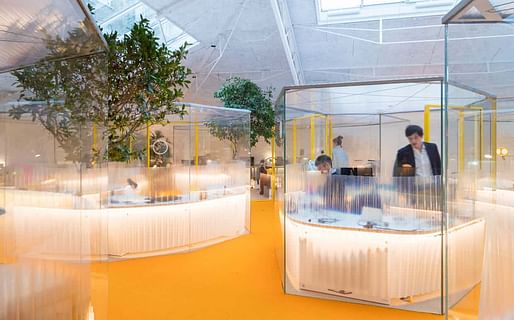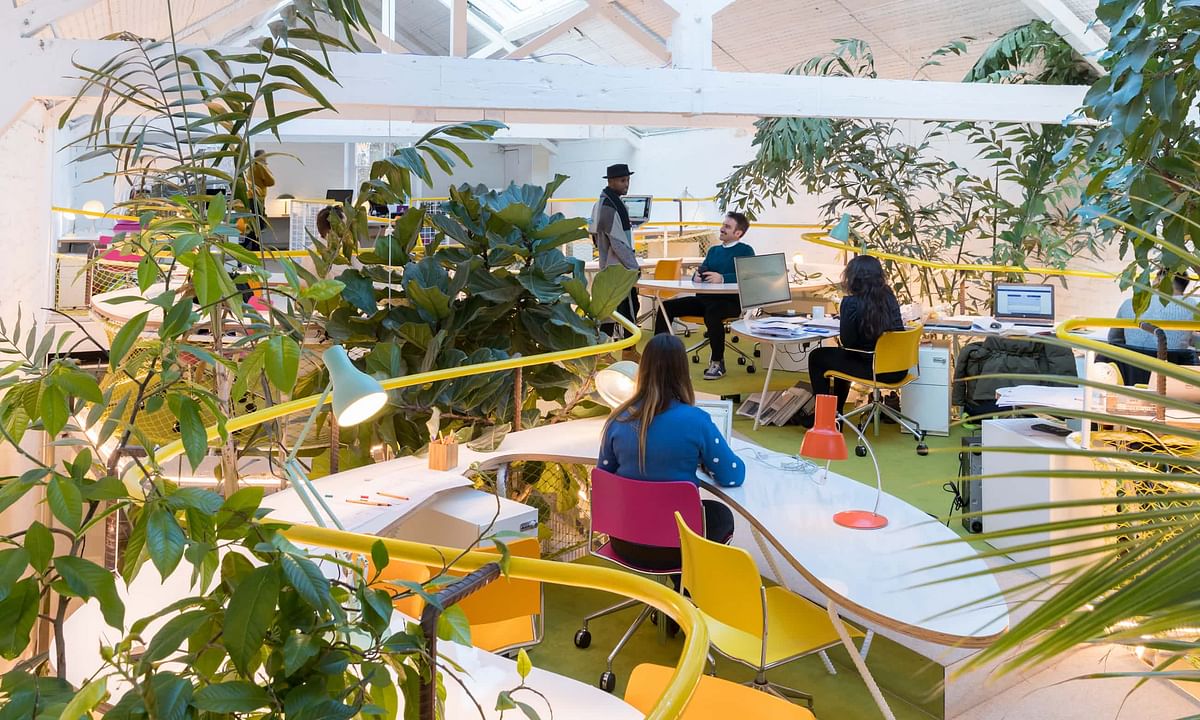

“We always want people to think ‘What’s that?’ and be drawn inside our buildings,” says Rohan Silva, the 37-year-old co-founder of Second Home, provider of “unique workspaces and cultural venues for entrepreneurs and innovators”. The company opened its first space in Spitalfields, east London, in 2014 and now boasts users ranging from tiny tech startups to the likes of Volkswagen and auditing giant KPMG. — The Guardian
A winter wonderland, a tropic landscape, a colorful explosion of swirling surfaces and walls of color enveloping even the smallest of spaces— one could say that I was describing Charlie and the Chocolate Factory's film sets and yet, this could become the description of the modern day office environment if Second Home, a provider of “unique workspaces and cultural venues for entrepreneurs and innovators,” has its way.

One of Second Home's most potent and provocative concepts is how they produce an atmosphere of collaboration within their spaces. While one would normally associate co-working office spaces with tech companies and internet startups, Second Home has controlled and influenced the sectors that are allowed to inhabit its spaces. As clarified by Second Home “If we just let the market ride, Second Home would be full of tech companies, but we’ve only allowed 10%. The services essential for startups, like lawyers, accountants and investors, make up 20%, while 15% are charities and non-profits. We’ve got Help Refugees next to Ernst & Young, TaskRabbit next to a charity working for women in Africa.”
No Comments
Block this user
Are you sure you want to block this user and hide all related comments throughout the site?
Archinect
This is your first comment on Archinect. Your comment will be visible once approved.